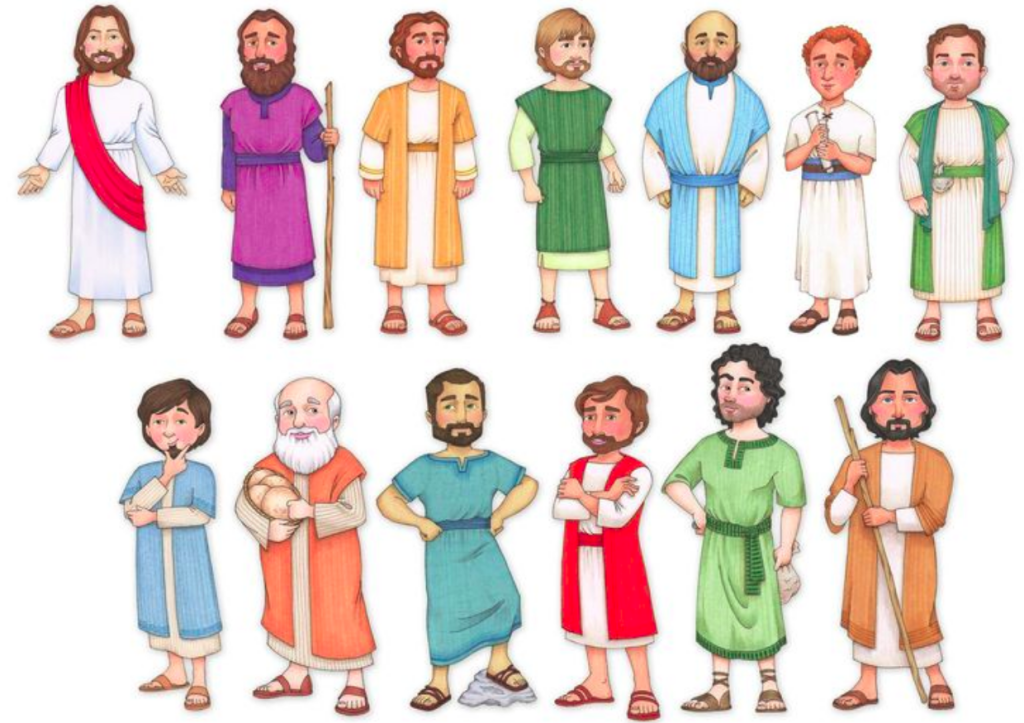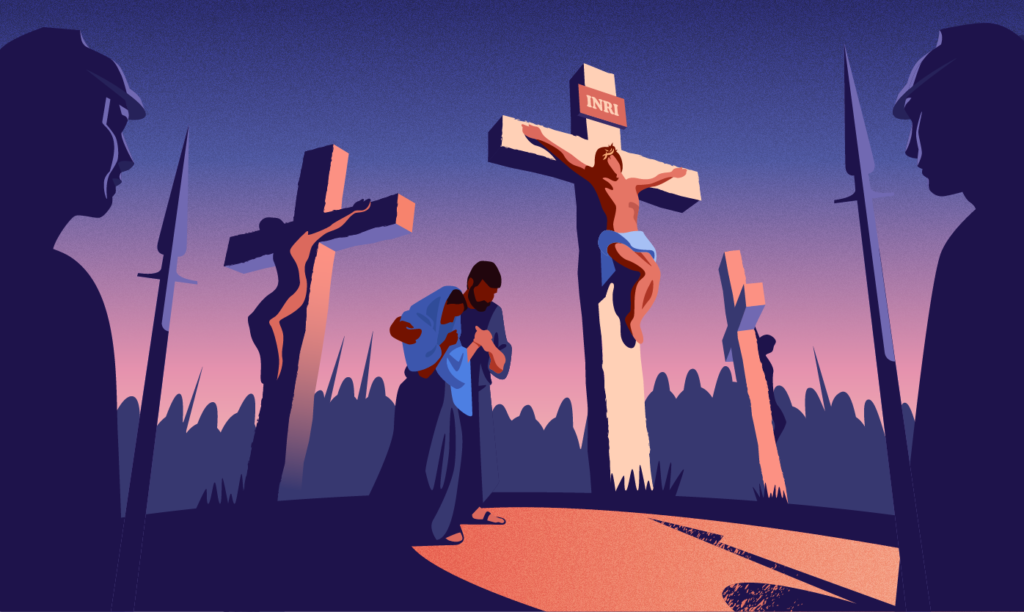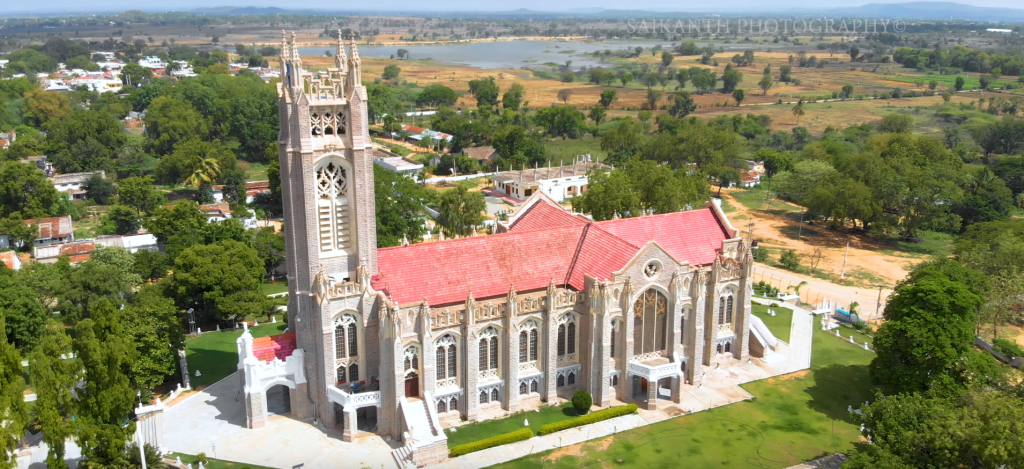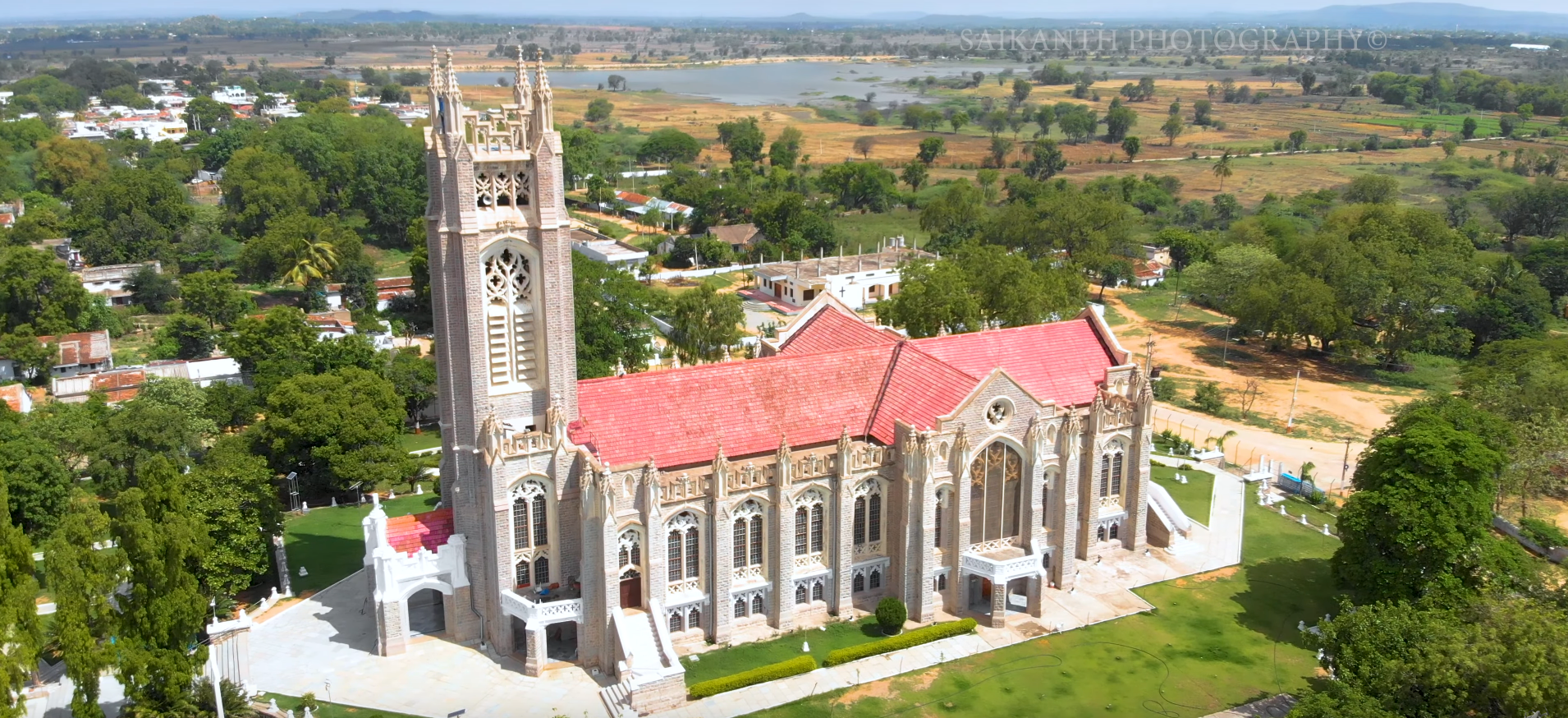Introduction
In Galilee, a humble carpenter’s son gathered twelve friends—fishermen, tax collectors, zealots—and called them “apostles,” or those “sent out.” Over three years, they traveled with Jesus, listened to his teachings, and witnessed miracles. But after the Crucifixion and Resurrection, these twelve ordinary men would become the extraordinary pillars of the early church, scattering across the known world to spread the message of Christ. What follows is their story: where they went, what they wrote, the trials they endured, and how their legacy endures in the pages of the New Testament and the map of the early Christian world.
The Great Commission and the Dispersion of the Apostles
On a mountaintop outside Jerusalem, the risen Christ gave his final marching orders: “Go therefore and make disciples of all nations” (Matthew 28:19). With those words—known as the Great Commission—the Eleven (Judas Iscariot having died) set out to fulfill a divine mandate.
According to Eusebius (c. 300 AD), they cast lots to divide the world among them. Tradition places each apostle in a distinct region:
-
Peter to Rome
-
Andrew to Scythia (the Black Sea)
-
James the son of Zebedee martyred in Jerusalem
-
John to Ephesus
-
Philip to Phrygia
-
Bartholomew to India/Armenia
-
Thomas famously to India
-
Matthew to Ethiopia
-
James the son of Alphaeus to Egypt
-
Thaddaeus (Jude) to Edessa in Syria
-
Simon the Zealot to Persia
-
Matthias (who replaced Judas) to Cappadocia and beyond Wikipedia.
The canonical Acts of the Apostles (chapters 1–28) records Peter and John in Jerusalem, Philip in Samaria, and Paul (not one of the Twelve) on his three missionary journeys. But extra-biblical tradition, collected by Church Fathers, fills in the globe-trotting that established Christianity from Parthia to Britain.

Peter: The Rock of Rome
Simon Peter, impetuous fisherman turned apostle, became the chief shepherd. He preached to Jews in the Temple (Acts 3) and, after persecution in Jerusalem, fled to Antioch before finally planting the gospel in Rome. Early tradition holds he was crucified upside-down around 64 AD during Nero’s persecution, declaring himself unworthy to die in the same manner as his Lord Wikipedia.
Scripture credits him with two epistles—1 Peter and 2 Peter—addressed to scattered believers facing suffering. His bold leadership at the Council of Jerusalem (Acts 15) defined the church’s outreach to Gentiles.
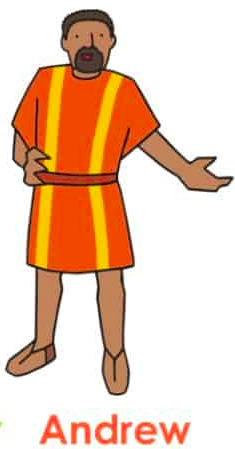
Andrew: Apostle to the North
Peter’s brother Andrew carried the news northward, evangelizing the shores of the Black Sea (Scythia) and later Byzantium. Legends tell of him preaching in Greece, where a crowd demanded he renounce Christ; instead, they crucified him on an X-shaped cross that became known as St. Andrew’s Cross. His bones, later interred in Patras and then in Scotland, made him the patron saint of that land.
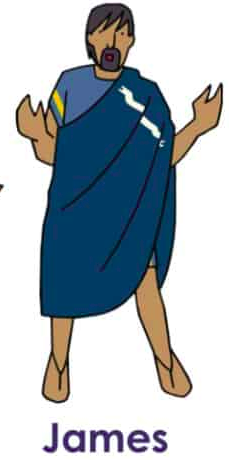
James, Son of Zebedee: The First Martyr
Bold James the son of Zebedee was the first apostle to face death for Christ. King Herod Agrippa I, seeking to curry favor with Jewish leaders, had him beheaded in Jerusalem around 44 AD (Acts 12:1–2). His martyrdom electrified the early church, demonstrating that Christ’s followers truly laid down their lives for the gospel Christianity.com.

John: The Beloved Disciple
The youngest apostle, John son of Zebedee, earned the title “the beloved”. He cared for Mary at the foot of the cross (John 19:26–27) and served as a pillar in Ephesus. Church tradition attributes to him the Fourth Gospel, three epistles (1–3 John), and the apocalyptic Book of Revelation, written during his exile on Patmos around 95 AD. His writings emphasize love, truth, and hope amid persecution. lived a long life and is believed to have died of natural causes in Ephesus, making him the only apostle not martyred. He was reportedly the youngest of the apostles and survived all the others

Screenshot from 2025-05-15 21-17-48
Philip: From Jew to Gentile
Philip the Evangelist, often conflated with the apostle Philip, initially traveled in Samaria and preached to the Ethiopian eunuch (Acts 8). The apostle Philip, however, preached in Phrygia and possibly Greece, founding churches until his gruesome martyrdom—some accounts say he was crucified upside-down, others that he was hanged from an olive tree.

Bartholomew (Nathanael): India and Armenia
Known in the Gospels as Bartholomew and likely Nathanael (John 1:45–51), he preached in southern India and Armenia. Ancient Armenian tradition credits him with bringing the gospel to their lands. Some legends say he was flayed alive—skinned by pagans—then beheaded, his courage echoing through centuries of Armenian Christianity.

Thomas: Apostle to India
“Doubting Thomas” earned a reversal of fortune after touching Jesus’ wounds (John 20). His faith ignited missionary zeal: he journeyed to the Malabar Coast (modern Kerala), establishing the Saint Thomas Christians. Local tradition holds he was martyred in 72 AD by a spear in Chennaiby early Indian Rulers. His tomb in St. Thomas Cathedral Basilica, Mylapore, remains a pilgrimage site for two millennia of Indian believers.

Judas Iscariot: Betrayal to Despair
After Jesus’s death, Judas experienced remorse and despair, leading him to return the silver he received for the betrayal and then hang himself. The Bible presents two accounts of his death, one with him hanging himself after returning the money (Matthew 27:3-10) and another where he buys a field with the money and falls headfirst into it, causing his death (Acts 1:18)

Matthew: From Taxman to Evangelist
Matthew the tax collector traded his ledger for the gospel. He authored the Gospel of Matthew, emphasizing JesuScreenshot from 2025-05-15 20-21-48s as the fulfillment of Jewish prophecy. Tradition places him in Ethiopia, Persia, and possibly Parthia. Church lore speaks of his martyrdom by sword in Ethiopia, though details blur amid varying accounts.

James, Son of Alphaeus: The Quiet Missionary
Called “James the Less” to distinguish him, little is recorded of James son of Alphaeus in Scripture beyond his listing among the Twelve. Tradition situates him in Egypt, where he founded a church in Alexandria. Some claim he was thrown from a pinnacle of the Temple, then clubbed to death by jealous Jews, reflecting the peril faced by early evangelists.

Thaddaeus (Jude): Miracle-Worker of Edessa
Thaddaeus, also called Jude, brought the gospel to Edessa (modern Şanlıurfa, Turkey). The Epistle of Jude—one of the New Testament’s shortest letters—bears his name, warning against false teachers and urging believers to persevere in faith. Ancient texts assert he healed the king of Edessa, prompting a wave of conversions before his martyrdom.

Simon the Zealot: Persia’s Steadfast Soul
Simon the Zealot, once a member of a radical Jewish nationalist group, took his zeal for God to Persia. Church historians record that he and Jude evangelized side by side, fanning out across the region. Like many apostles, he met a martyr’s death—some say he was crucified, others that he was sawn in half—yet his story speaks to the transformation of fiery patriotism into fervent faith.
Matthias: The Replacement
After Judas’ betrayal and death, Matthias was chosen by lot (Acts 1:23–26) to restore the Twelve. Tradition places him in Cappadocia and the Caspian region (modern Turkey, Georgia), where he evangelized Jews and Gentiles. His martyrdom is uncertain—some claim he was stoned and beheaded, others that he died of old age—yet he holds a unique place as “apostle by selection,” illustrating the early church’s reliance on prayer and divine guidance.
Challenges Along the Way
The Apostles faced:
-
Hostile authorities—both Jewish leaders (Peter and John arrested repeatedly in Jerusalem) and Roman rulers (James beheaded by Agrippa, Peter crucified under Nero).
-
Geographical extremes—crossing deserts, mountains, and seas in an age of slow, perilous travel.
-
Cultural barriers—preaching to Jews steeped in Temple worship, then adapting messages for Gentile audiences across Asia Minor, Europe, and Africa.
-
Isolation and imprisonment—John exiled to Patmos; Paul’s letters recount imprisonments in Philippi and Rome (though Paul is not one of the Twelve).
Yet through it all, the Apostles held fast to the Resurrection promise: that persecution could not quell the gospel’s power.
Contributions to the New Testament
-
Gospels: Matthew’s firsthand account; John’s theological reflection.
-
Epistles: Peter (1–2 Peter), John (1–3 John), Jude (Jude).
-
Revelation: John’s apocalyptic vision guiding churches under Roman persecution.
-
Luke–Acts: Though written by Luke (Paul’s companion), Acts records the Apostles’ missionary expansion.
Their writings cemented doctrine, offered pastoral guidance, and laid the foundation for Christian theology.
Legacy: Apostolic Sees and Feasts
From Rome (Peter) and Alexandria (Mark, associated with Peter) to Edessa (Jude) and Ephesus (John), apostolic sees—dioceses tracing their lineage to the Twelve—became centers of early Christian thought. The Liturgical Feast of the Dispersion of the Apostles once celebrated their missionary journeys, reminding believers that the gospel knows no borders.
References
-
“Dispersion of the Apostles,” Wikipedia Wikipedia
-
“What Happened to the 12 Apostles and How Did They Die?” Christianity.com Christianity.com
-
Acts of the Apostles, New Testament.
Thesaurus
Apostle – One who is sent
Martyr – Dies for faith
Dispersion – Scattering widely
Sees – Bishop’s seat
Epistle – Letter in Bible
Pentecost – Holy Spirit’s descent
Hermit – Lives in solitude
Persecution – Hostile harassment
Conversion – Change of faith
Creed – Formal belief statement
Catechesis – Faith instruction
Heresy – False teaching
Missionary – Gospel messenger
Synagogue – Jewish worship place
Catacomb – Underground burial site
Exile – Forced banishment
Apostolic – Relating to apostles
Doxology – Praise to God
Theology – Study of God
Eschatology – Study of end times
Cast lots – Random selection
FAQs
-
Who replaced Judas Iscariot?
Matthias was chosen by lot (Acts 1:23–26). -
Which apostle wrote the most New Testament books?
John—Gospel, three epistles, and Revelation. -
Did Thomas really go to India?
Tradition holds he evangelized Kerala and was martyred there. -
Which apostles died natural deaths?
John likely died of old age; others faced martyrdom. -
What is the Feast of the Dispersion?
A medieval celebration of the apostles scattering to preach. -
Are these traditions reliable?
While Acts is primary, details come from early Church Fathers and apocryphal acts. -
Why are there two Jameses?
One son of Zebedee (martyred c. 44 AD), one son of Alphaeus (labored in Egypt). -
What was Simon the Zealot’s message?
Turning nationalist zeal into zeal for Christ, preaching in Persia. -
How did Peter’s epistles differ from Paul’s?
Peter addresses suffering Christians; Paul focuses on justification by faith. -
What unites these diverse journeys?
The Resurrection promise and the Spirit’s power to overcome fear.
Conclusion
From dusty roads of Galilee to the grandeur of Rome’s catacombs, the Twelve Disciples transformed from fishermen and tax collectors into fearless heralds of Christ. Each Apostle’s story—whether carved into New Testament pages or preserved in Church tradition—reveals a tapestry of courage, sacrifice, and unwavering faith. Their collective legacy lives on not only in the four Gospels, the epistles, and Revelation, but in every corner of the world where Christ’s name is still proclaimed.

